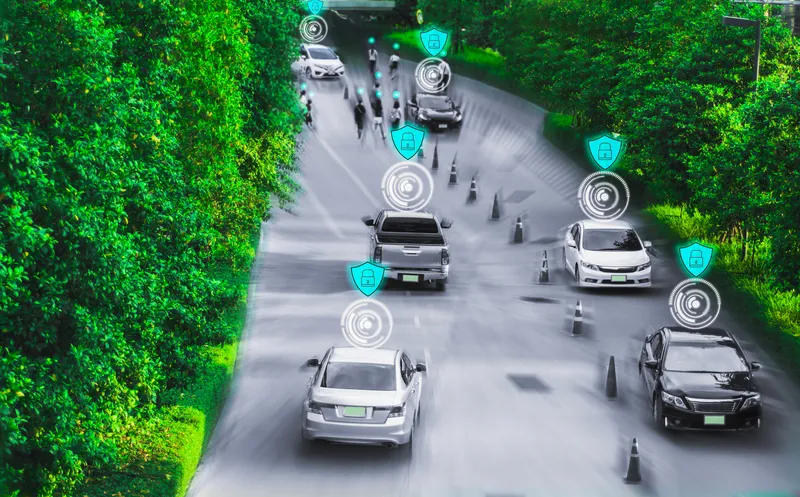Continental, the international automotive supplier, has developed a system for electric and plug-in hybrid vehicles which will immediately shut off the high-voltage battery in the event of a collision, enabling emergency service personnel to come to the aid of accident victims without the risk of suffering an electric shock.
March 1, 2012
Read time: 2 mins
RSS260 Continental, the international automotive supplier, has developed a system for electric and plug-in hybrid vehicles which will immediately shut off the high-voltage battery in the event of a collision, enabling emergency service personnel to come to the aid of accident victims without the risk of suffering an electric shock.
Electric vehicles and plug-in hybrids are powered by high-voltage batteries of up to 400 volts. evSAT will go into series production with a major German vehicle manufacturer in 2012.
"The evSAT acceleration sensor is active in charge mode. It detects an accident and passes this information on to the battery management system which then shuts off the high-voltage battery," said Dr. Axel Gesell, senior manager, Platform Development Sensors & Satellites, in the Passive Safety and ADAS business unit of Continental's Chassis & Safety Division. "The major benefit of our product is that it prevents fire and rescue service personnel sustaining high-voltage injuries when coming into contact with vehicle metal parts or if they have to cut through the vehicle to recover accident victims," Gesell added.
Electric vehicles and plug-in hybrids are powered by high-voltage batteries of up to 400 volts. evSAT will go into series production with a major German vehicle manufacturer in 2012.
"The evSAT acceleration sensor is active in charge mode. It detects an accident and passes this information on to the battery management system which then shuts off the high-voltage battery," said Dr. Axel Gesell, senior manager, Platform Development Sensors & Satellites, in the Passive Safety and ADAS business unit of Continental's Chassis & Safety Division. "The major benefit of our product is that it prevents fire and rescue service personnel sustaining high-voltage injuries when coming into contact with vehicle metal parts or if they have to cut through the vehicle to recover accident victims," Gesell added.









